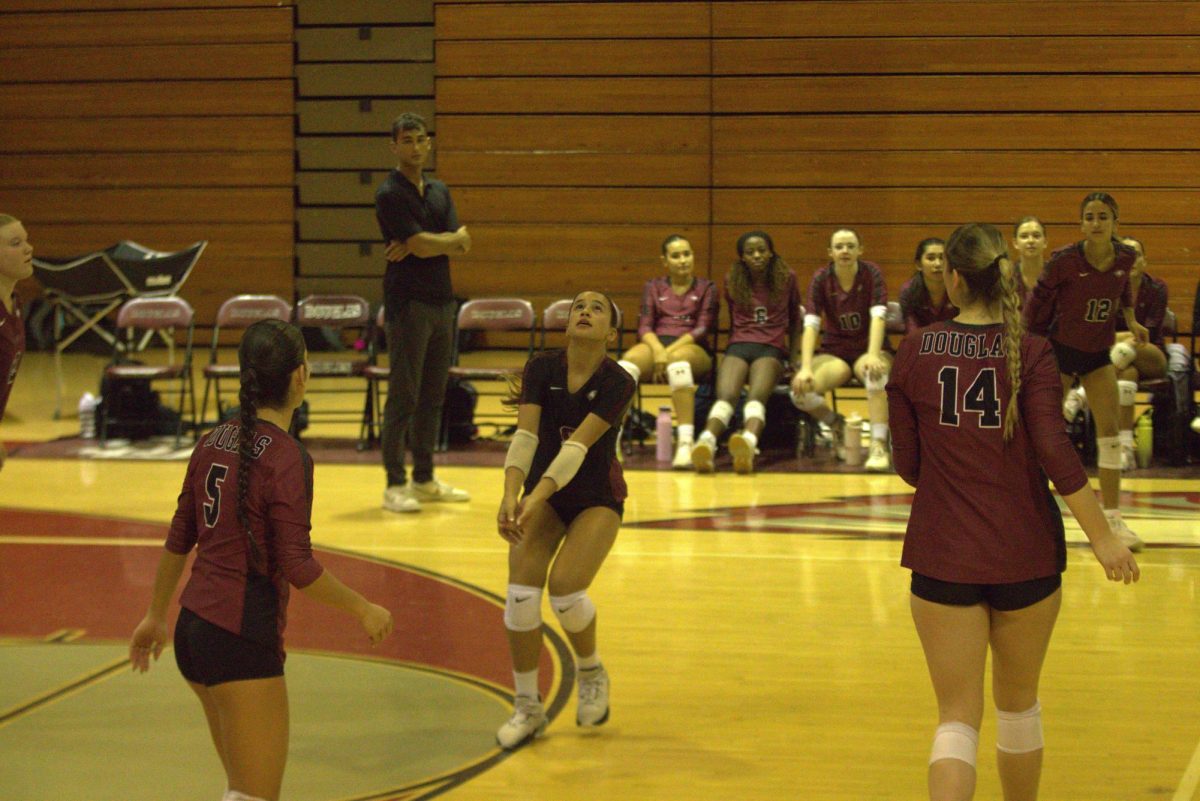ESOL students face challenges with online learning
With online learning, ESOL students at MSD have found school to be more difficult. Graphic by Julia Landy
January 6, 2021
Due to the COVID-19 pandemic, the ESOL program has to be taught virtually through Microsoft Teams. School has been made more difficult for English-speaking students, but even more challenging for ESOL students with the prominent language barrier worsened by virtual learning.
“I have taught ESOL for 42 years, and I have never felt more frustrated,” ESOL teacher Samuel Landrian said.
Landrian finds online learning to be very difficult for his students due to the fact that they are unable to interact with others in this online atmosphere. He believes that most of the problem comes from students not being as motivated to do well in their classes.
“More than a few of [my students] can’t concentrate enough to compensate for the lack of personal and social contact that is so desirable in an ESOL class,” Landrian said.
On Microsoft Teams, the microphone can become easily distorted and unintelligible due to network problems or bad microphones. Glitches, robotic voices and excessive background noise can make it considerably harder for students to hear and understand the teacher’s words.
“On top of producing poorly without proper correction, their reception when listening to other teachers in other subjects is also affected, and many a time, they can’t understand their teachers 100%, which limits their ability to follow through with their courses,” Landrian said.
For students who speak a first language other than English, physical school may already be a challenge for them. However, for most, virtual school makes it substantially more difficult.
The lack of proper face-to-face interaction could potentially make it much harder to adjust to the constant balance they must uphold with classwork, ESOL and homework.
“I had to divide my schedule between school, homework and my work,” junior Mayara Rodrigues said. “I also needed to learn how to pay attention in class at home.”
In physical school, students were able to turn in assignments by just handing them to their teacher. ESOL students would most likely not have any problems turning in assignments. In virtual school, they must learn to navigate through a series of Canvas pages in order to submit their assignments, which may be confusing for some.
Now, ESOL students face many challenges going to virtual school. However, with time, they can overcome their issues with eLearning and return to learning at full capacity.












